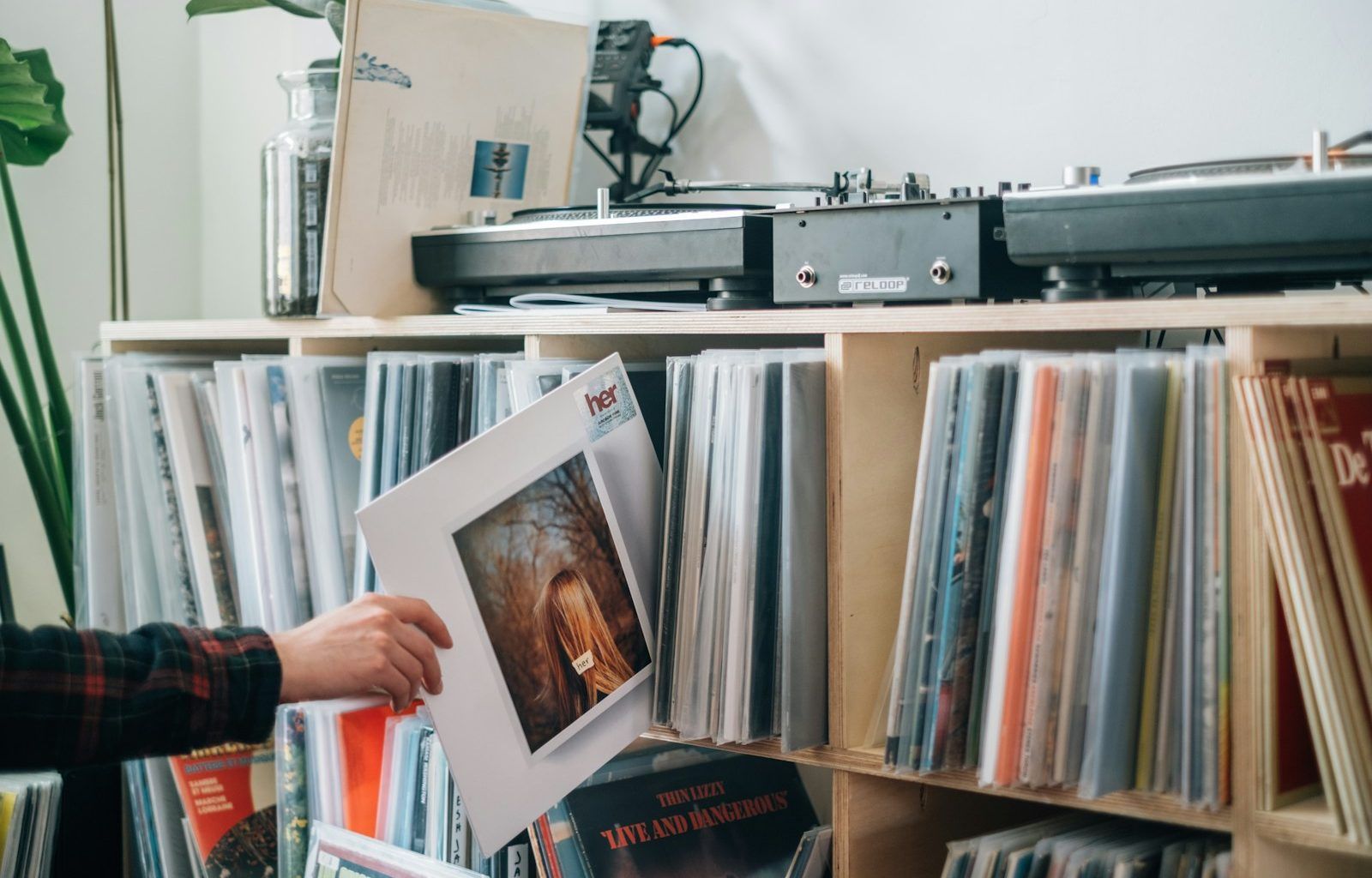Album covers with parental advisory labels have become an iconic part of music culture. From their bold statements to the artistic designs that challenge societal norms, these covers tell stories that go beyond the music itself. Whether you’re a fan of hip-hop, rock, or alternative genres, you’ve probably noticed how these covers grab attention with their raw, unapologetic vibe.
But what exactly makes them so special? Why do some albums proudly display that little black-and-white label? Let’s dive into the fascinating world of parental advisory album art, exploring its history, its role in the music industry, and why it continues to captivate fans and critics alike.
The Origins of Parental Advisory Labels
Before we can fully appreciate album covers with parental advisory warnings, it’s important to understand where it all began. The label itself dates back to the mid-1980s when the Parents Music Resource Center (PMRC) began campaigning against explicit content in music. Their goal was to warn parents about songs containing strong language, sexual themes, or violence.
The result? The now-famous “Parental Advisory: Explicit Content” sticker. While its intent was to caution, it became a badge of honor for many artists. For musicians, having this label was often a sign that their work was pushing boundaries and speaking truths that couldn’t be watered down.
Why Artists Embrace the Label
Far from being a deterrent, many musicians see the parental advisory sticker as a way to express their authenticity. For example, hip-hop legends like Tupac Shakur and N.W.A. used explicit lyrics and provocative album art to reflect the realities of their lives and communities. These covers, often paired with the advisory label, became symbols of resistance and raw storytelling.
It’s not just about controversy; it’s about connection. Fans resonate with the honesty these albums bring. Whether it’s Eminem’s unfiltered stories or Billie Eilish’s haunting visuals, the label signifies an artist’s willingness to go places others might shy away from.
The Artistic Side of Parental Advisory Covers
Let’s talk about the visuals. Album covers with parental advisory labels are often bold and unforgettable. Think about Nirvana’s Nevermind, which features a naked baby swimming toward a dollar bill. While the image sparked debates, it also became a cultural phenomenon. The label added an edge to the already provocative artwork, making the album impossible to ignore.
Similarly, Kanye West’s My Beautiful Dark Twisted Fantasy used abstract and controversial art to mirror the chaotic beauty of the music inside. These covers often challenge societal norms, making them as much about visual storytelling as the music itself.
Cultural Impact of These Album Covers
The parental advisory label doesn’t just affect the music industry; it influences pop culture as a whole. For example, album covers with the label often inspire fashion, memes, and even tattoos. They represent rebellion, individuality, and the idea that art shouldn’t be censored.
Take Cardi B’s Invasion of Privacy—a modern masterpiece that combines bold visuals with equally bold lyrics. The album’s cover, with its fierce aesthetic, became a talking point, further amplified by the parental advisory label.
The Evolution of Album Art in the Digital Age
In the streaming era, album covers with parental advisory labels still hold their ground. Even though physical albums are less common, the cover art is still a crucial part of an artist’s branding. On platforms like Spotify and Apple Music, these covers are the first thing listeners see, making them just as important as ever.
For example, Tyler, The Creator’s IGOR combines minimalistic design with a parental advisory label to create a striking visual. These covers prove that even in the digital world, album art remains a vital form of expression.
Why Fans Love These Covers
Fans are drawn to album covers with parental advisory labels because they promise something real. They hint at music that’s unfiltered, emotional, and true to the artist’s vision. It’s not just about the shock factor—it’s about knowing that the artist isn’t holding back.
For many, these covers are collector’s items. They symbolize an era, a movement, or even a personal connection to the music. Whether you frame them on your wall or use them as inspiration for your own art, they’re more than just covers; they’re a statement.
The Future of Parental Advisory Album Covers
As music continues to evolve, so will the art that represents it. Album covers with parental advisory labels will likely remain a staple, continuing to push boundaries and spark conversations. New artists are already embracing this trend, proving that bold visuals paired with raw music are here to stay.
From Lil Nas X’s provocative imagery to Doja Cat’s futuristic designs, the future of parental advisory album art looks as exciting as ever. These covers remind us that music is more than sound—it’s a visual and cultural experience.
Final Thoughts
Album covers with parental advisory labels are much more than warnings. They’re a celebration of artistic freedom and bold expression. They tell stories, challenge norms, and connect with fans on a deep level. Whether you’re a music enthusiast or someone who just loves great design, these covers have something to offer.
So next time you see that little black-and-white label, take a closer look. There’s a good chance you’re about to experience something extraordinary.
For further reading, explore these related articles:
- Diplo Songs – A Journey Through His Best Tracks
- Explore the Magic of Gorillaz Songs: A Musical Journey
For additional resources on music marketing and distribution, visit DMT Records Pvt. Ltd..






